Cathy Clousing, one of four kindergarten teachers at BCCS, shares the following reflection about some of the most important learning her students experience.
I always introduce the word "unique" at the beginning of kindergarten. We start our year in the Bible curriculum with the story of Jesus, and how much He loves and values children. After sharing the story of the children coming to Him (Matthew 19:14), I ask my students to draw self portraits. We look in a mirror and notice things about the way God made us. We draw our self portraits with different eyes, noses, mouths, hair and skin colors. We all look different. We can see the ways God made us different.
Following their classroom portrait work, I ask parents to help describe the ways their children are unique. Having parents write about the qualities that set their children apart and make them unique is powerful.
After hearing from parents, the students and I talk about the way God made us unique. Each child gets a turn to be in the front of the class as I read what their parents wrote about them.
We can't "see" all the special ways He wired us, but our parents are really great at describing us. I want the children to see that being part of God's story and using your unique gifts doesn't start when you grow to be bigger or more independent. He created you to live in His story in our classroom and in our homes.
I want them to know God made them unique so they can be busy doing God's work every day, no matter where they are. God created them to be artistic, hardworking, musical, great with numbers, creative, funny, silly, empathetic, or sensitive so HE can use them for His kingdom every day.
As a teacher, I have the privilege of watching as these little people discover that they can shine for Jesus in ways that are so natural and automatic, because God made them unique: being a kind friend, treating others (adults and people we don't even know) with kindness and respect, encouraging a friend with artwork, picking up the spilled crayons of a classmate, or helping when they see someone's snow pants are inside out. I think that is one of the most important things they will learn all year!
















